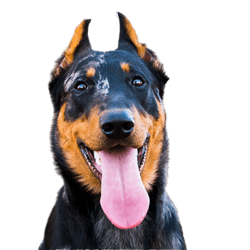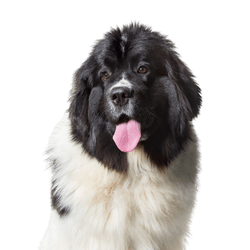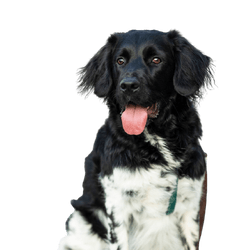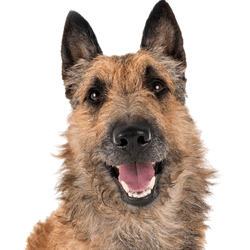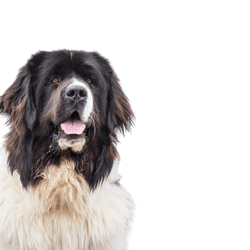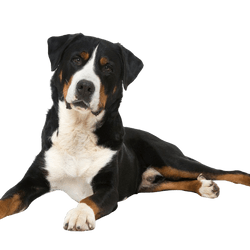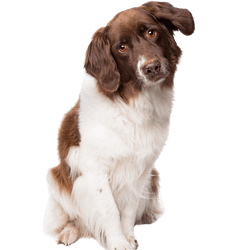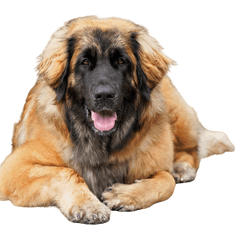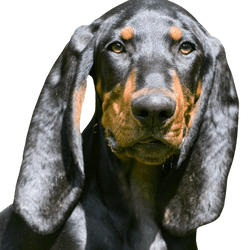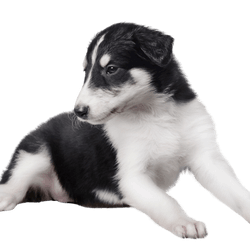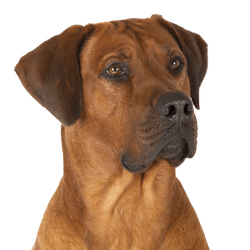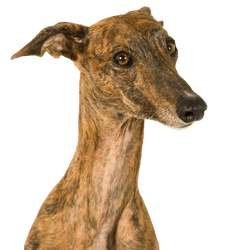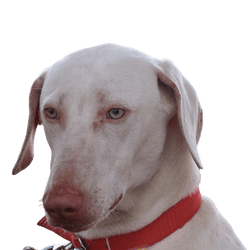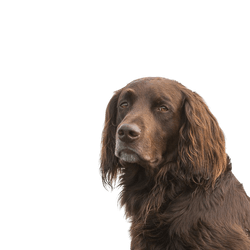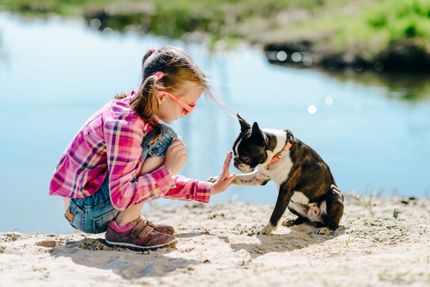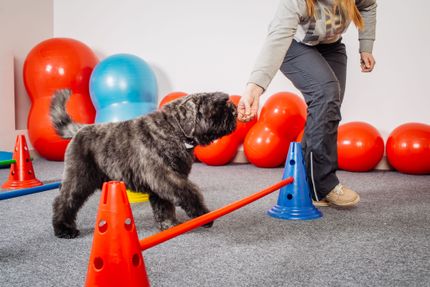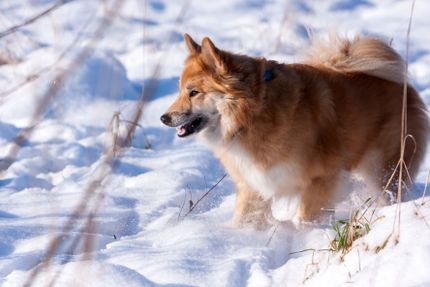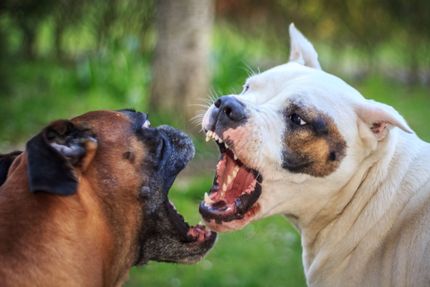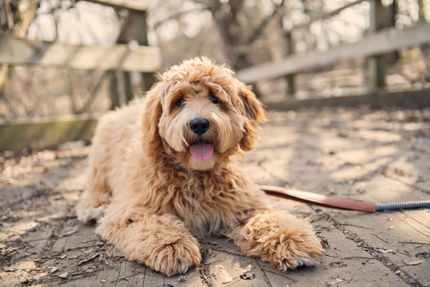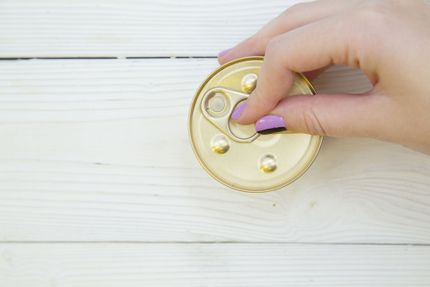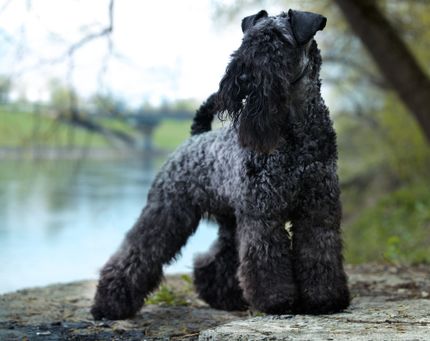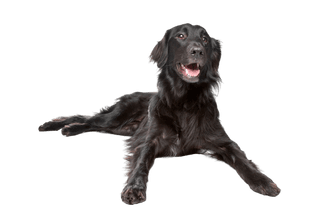
Flat Coated Retriever Breed description: Character & Co
Flat Coated Retriever
Facts & Origin
What is the origin of Flat Coated Retriever?
The Flat Coated Retriever is an old British hunting dog breed. It probably originated from the Saint John's Dog, which was brought to England by sailors during the 18th century. The small Newfoundland dog was crossed with Water Spaniels, Collies and Setters by British breeders. One of the pioneers who promoted the breed was Sewallis Everly Shirley of Ettington Park, who became the first secretary of the English Kennel Club in 1873. But even before that, in 1881, the Flat Coated Retriever was mentioned in "The illustrated book of the dog" by Vera Shaw. The author, animal painter and chairman of the Kennel Club created a graphic and a detailed description of the breed. Before the First World War and during the interwar period the breed was one of the most popular hunting dogs. They were popular because of their versatility: it was common to take the dog to a hunt on one day and show it at a show the next day. After the Second World War only a few breeders remained. The international dog association FCI finally recognised the Flat Coated Retriever as a separate breed in 1954.
What are the breed characteristics of Flat Coated Retriever?
The Flat Coated Retriever is a passionate hunter that needs to be kept busy. They indicate joy or excitement by strongly wagging their tail. Their playful nature sticks with them until old age. As they are particularly talented in retrieving, they bring back every toy tirelessly.
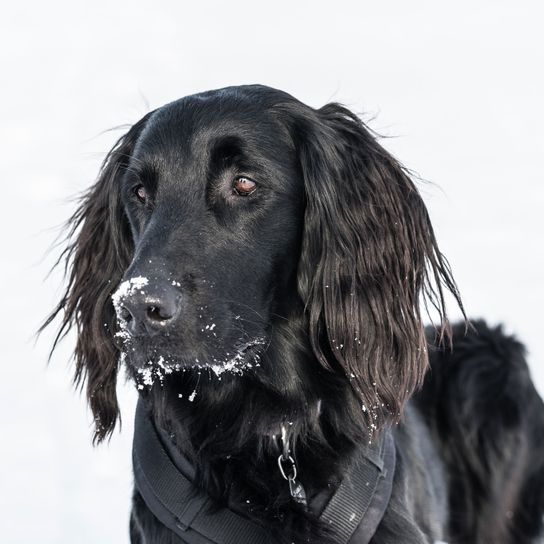
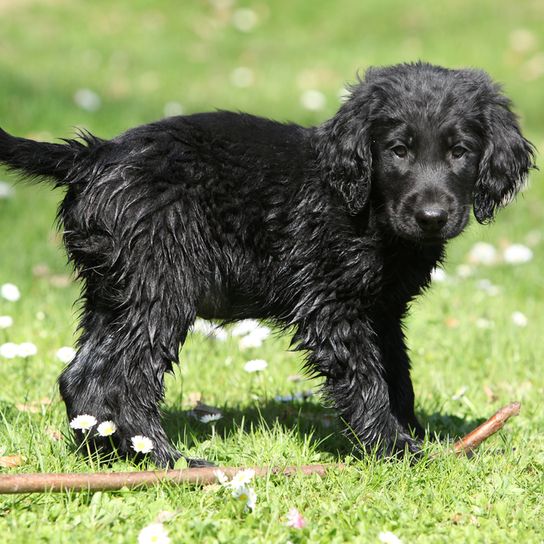
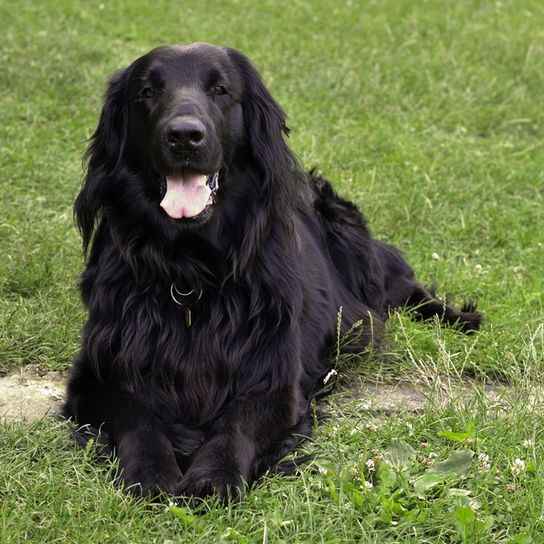
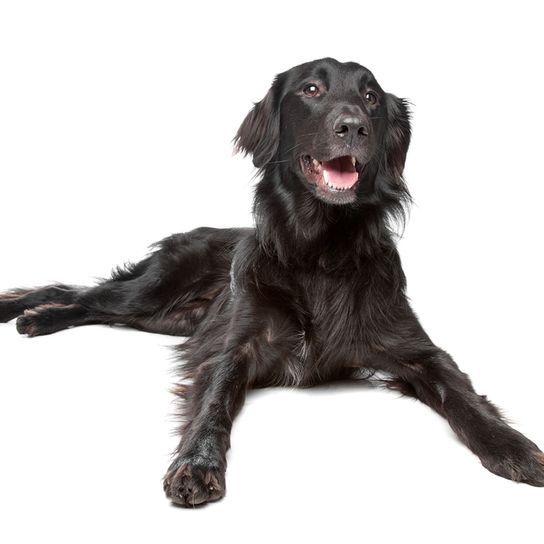
| Alternate Name | Flat-Coated Retriever |
| Origin | UK |
| Life expectancy | 10 - 14 years |
| Care requirements | low-maintenance |
| Activity level | average |
| FCI group | Retrievers |
| AKC group | Sporting Group |
| KC group | Gundog Group |
Flat Coated Retriever mixes
Attitude, character and temperament of the breed
What are the typical character traits of the Flat Coated Retriever?
One thing is for sure: You will certainly not be bored with a Flat Coated Retriever. The animals are very adventurous and up for anything that might seem like fun. Because of their urge to move, it is suitable for sporty families who like to be outdoors. No matter whether it is hikes, bicycle tours, jogging or walking, the breed is happy to go outside every day. Agility and Flyball are just a few of the dog sports that give pleasure to this agile friend.
The Flat Coated Retriever especially loves children: it is always gentle and good-natured towards the youngest family members. However, it is not very suitable as a watchdog, because it greets strangers with a wagging tail. This human-friendly character will be of benefit if you want to take the four-legged friend with you to work or when traveling. If you want to buy a Flat Coated Retriever, you should be prepared for its typical British stubbornness. Therefore, consistency is required when training your pet whenever they question the rules. Exaggerated harshness is counterproductive when dealing with this sensitive animal, as it gets very disturbed by it. Because of their eagerness to work and their intelligence, the breed is also suitable as a rescue or avalanche dog.
Character
Usage
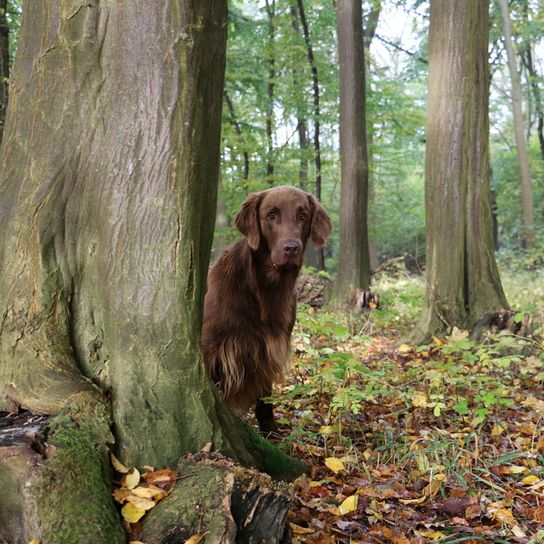

Health and breeding information
What are typical diseases of Flat Coated Retrievers?
As with all breeds that have drooping ears, you should check your pet's hearing organ regularly. It can develop
- ear infections when small injuries are not treated. Never use cotton swabs for cleaning, but rather a special product provided by the vet.
- Unlike Labradors or Golden Retrievers, the Flat Coated Retriever rarely suffers from hip joint dysplasia.
- However, it is important that you keep an eye on the weight of your pet. The breed loves treats, but for the sake of their own health, they should be given in moderation.
What should be considered in regards to Flat Coated Retriever breeding?
There are strict rules for flat Coated Retriever breeding. For example, if puppies are born that are not black or liver brown in colour, they are excluded from breeding. Since the number of litters is moderate, you may have to wait some time for a Flat Coated Retriever puppy to become available. Information about current litters can be obtained for example from the Austrian Retriever Club.


Appearance and coat of a Flat Coated Retriever?
No matter if you choose a Flat Coated Retriever in the colour brown or black, typically they have a medium length coat. It is smooth or slightly wavy. A dense undercoat protects the animal from harsh weather conditions. Despite its dense coat, the Flat Coated Retriever is easy to groom: They enjoy regular brushing. Especially in spring and autumn, daily grooming is worthwhile, as your dog will renew its coat all around and lose a lot of fur.
What is the average size of a Flat Coated Retriever?
- Bitches: 56 to 59 centimetres
- Males: 59 to 62 centimetres
How much does a Flat Coated Retriever weigh?
Flat coated retrievers will weigh between 17 and 36 kilograms.
What is the average life expectancy of a Flat Coated Retriever?
Flat coated retrievers live to be ten to twelve years old.
| Fur length | medium |
| Fur | flat coated |
| Ear shape | Floppy Ear |
| Tail | fanned out |
| Anatomy | strong |
| Size ♀ | 56 - 59 cm |
| Weight ♀ | 25 - 32 kg |
| Size ♂ | 59 - 62 cm |
| Weight ♂ | 27 - 36 kg |
| Suitable For | - |
Colors
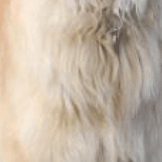

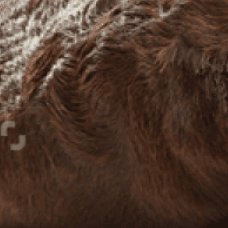



Other large dogs
Useful Articles
You can find articles that might interest you in the dogbible blog to match your favorite breed.
Visit our magazineto stay up to date on dog trends.
To find out more, view our Privacy Policy
Find here the breed that suits you and find out what character traits it has. Here you can also learn more about the origin, size and weight of your favorite breeds.
Matching your favorite breed, you'll find articles that might interest you on the dogbible dog blog.
Popular dog breeds - these are the 15 most common dog breeds in Germany and Austria
Allergy Dogs List: That Don't Shed
Allergy dog: Hypoallergenic breeds really exist?
Relaxed walking on the leash in spite of other dogs - 3 tips for leash leadership


